What is Clavo Spice?
Clavo is the Spanish word for cloves, the aromatic spice derived from the dried flower buds of the clove tree (Syzygium aromaticum). In English, we refer to it as 'cloves'. The name 'clavo' comes from the Spanish word for 'nail', which describes the spice's distinctive nail-like shape.
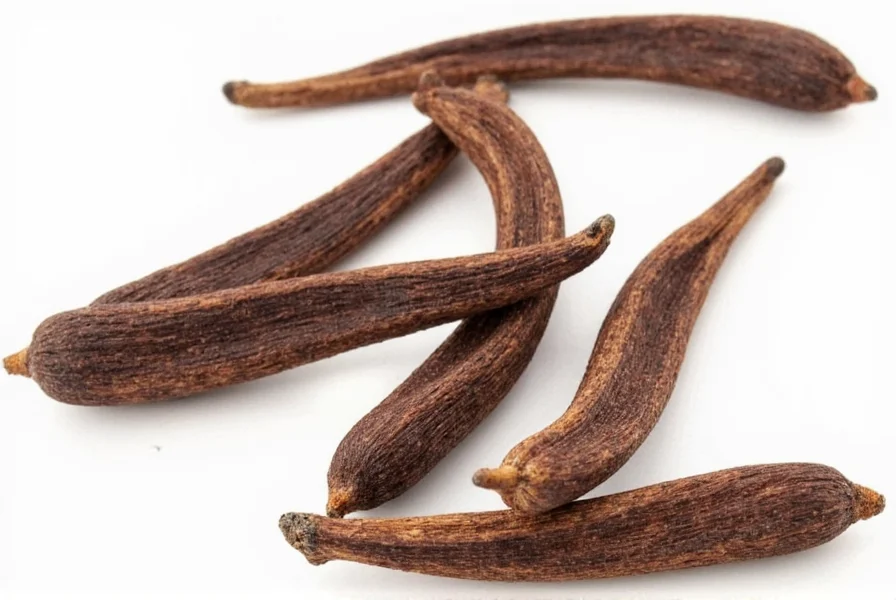
Cloves are one of the most versatile and historically significant spices in the world. Whether you're simmering a pot of spiced chai or marinating a holiday ham, cloves bring warmth, depth, and a touch of earthy sweetness to your cooking.
Origins and History of Cloves
The story of cloves begins in the Maluku Islands, also known as the Spice Islands, located in Indonesia. These tiny islands were once the only source of cloves in the entire world. For centuries, clove trees grew exclusively there, making them one of the most sought-after commodities during the Age of Exploration.
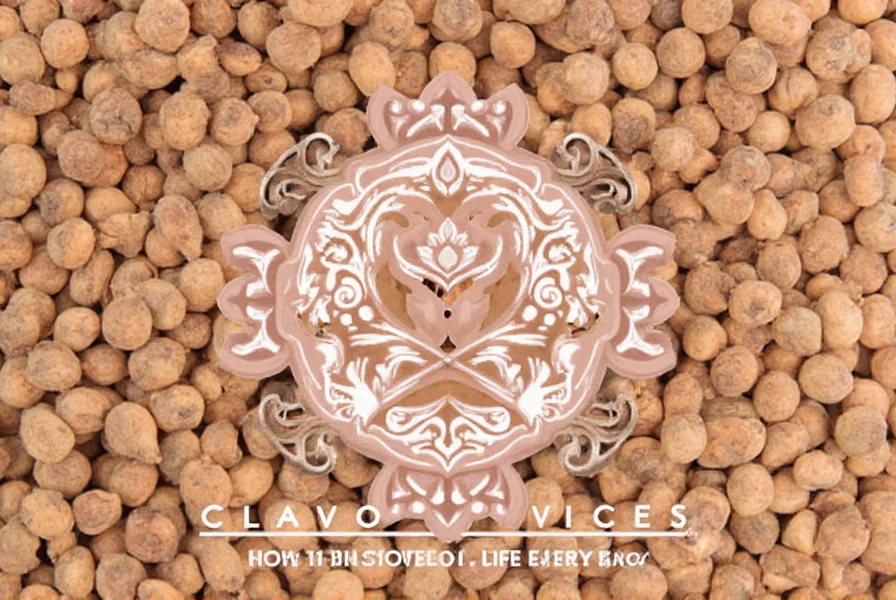
| Region | Historical Use | Modern Usage |
|---|---|---|
| Indonesia | Traditional medicine and rituals | Largest global producer |
| Middle East | Incense and perfumery | Baking and spice blends |
| Europe | Medicinal remedies and flavoring | Christmas baking and mulled drinks |
| India | Ayurvedic medicine and chai tea | Curries and biryanis |
Cloves eventually made their way to Europe via Arab traders, and by the 17th century, Dutch and Portuguese colonizers had spread clove cultivation to other tropical regions like Zanzibar and Madagascar.
Flavor Profile: How Clavo Tastes
Cloves have a strong, pungent, and slightly sweet flavor. Think of them as nature's answer to winter spices — warm, spicy, and rich with hints of pepper and citrus. Their boldness means they should be used sparingly unless you want to overpower your dish.
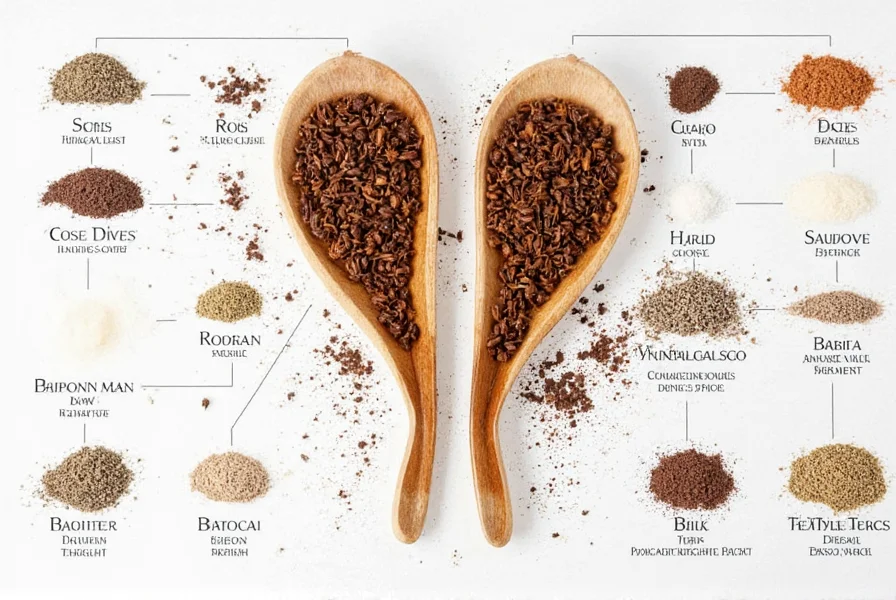
- Sweetness: Subtle but present, especially when used in desserts.
- Bitterness: Noticeable if used whole in soups or stews without removal before serving.
- Heat: Mild to moderate heat, comparable to cinnamon or nutmeg but more intense in concentrated forms.
When crushed or powdered, cloves release a powerful aroma that can dominate a dish if not balanced properly. Whole cloves are often removed before serving because they can be unpleasant to bite into directly.
Common Uses in Global Cuisine
From Moroccan tagines to Indian garam masala, cloves make appearances across the culinary map. Here are some of the most common uses of cloves around the world:
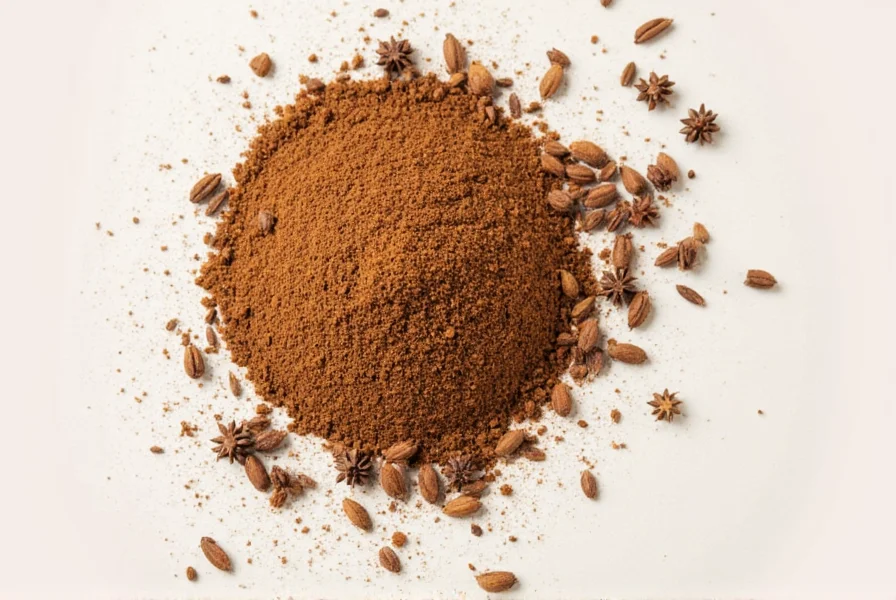
- Indian Cuisine: Used in garam masala, biryanis, and chai tea for a deep, warming note.
- Chinese Cuisine: Found in five-spice powder and slow-cooked meats.
- Middle Eastern Dishes: Mixed into rice dishes and stews for extra fragrance.
- European Baking: Essential for gingerbread, Christmas cakes, and mulled wine.
- Caribbean & Latin American Drinks: Added to punches and hot beverages for warmth and flavor.
Health Benefits of Cloves
It's not all about flavor — cloves come packed with health benefits too! They contain eugenol, a natural compound with anti-inflammatory and antimicrobial properties.
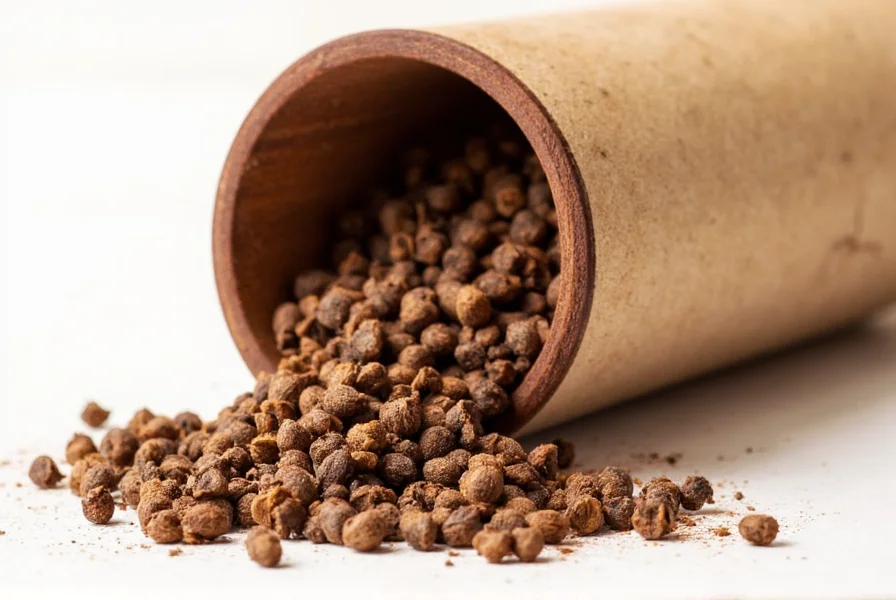
Top Health Benefits of Cloves
- Dental Health: Eugenol is commonly used in dental products for its pain-relieving and antiseptic qualities.
- Antioxidant Powerhouse: High in antioxidants, cloves help fight free radicals and support immune function.
- Improved Digestion: Stimulates digestive enzymes and can help relieve bloating and indigestion.
- Blood Sugar Regulation: Some studies suggest clove extracts may improve insulin sensitivity.
- Natural Preservative: Thanks to its antimicrobial properties, clove oil is used in food preservation and cosmetics.
Buying Guide: Choosing the Best Cloves
Whether you're picking up a jar from your local market or ordering online, here's how to choose high-quality cloves:
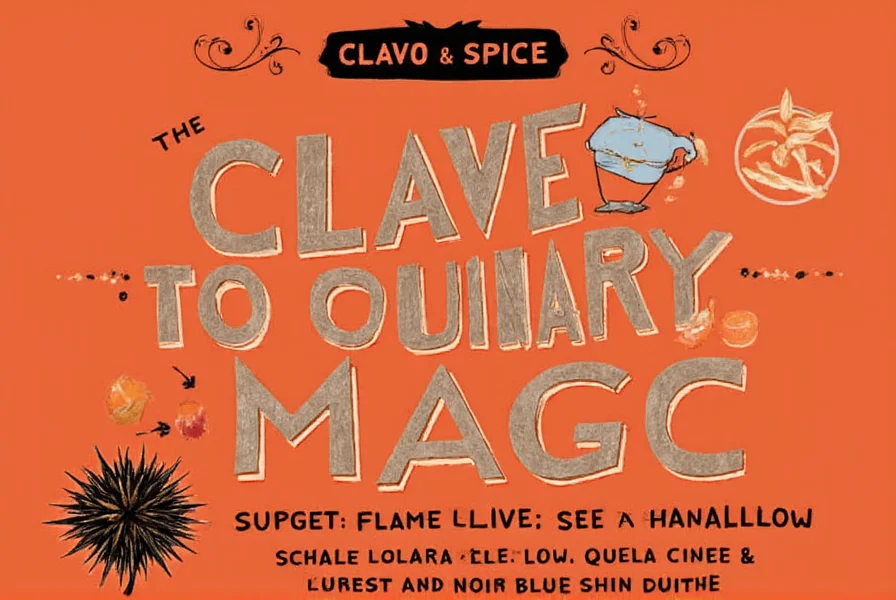
What to Look For
- Whole vs. Ground: Whole cloves last longer and retain more flavor. Opt for whole unless convenience is key.
- Appearance: Choose plump, dark brown to black buds. Avoid pale or brittle ones — they've likely lost potency.
- Aroma: Fresh cloves should smell strongly of eugenol — sharp, spicy, and almost medicinal.
- Packaging: Airtight containers protect cloves from moisture and light, preserving quality.
- Organic Options: Organic cloves are preferred if using for herbal infusions or DIY remedies.
Recommended Brands
| Brand | Features | Best For |
|---|---|---|
| Fresh Origins | Non-irradiated, organic, whole cloves | Teas, broths, and homemade spice blends |
| Herb Garden Essentials | Locally sourced from Madagascar, fair trade | Eco-conscious bakers and cooks |
| TasteCraft Naturals | Ground cloves in resealable pouches | Quick baking and seasoning needs |
| Global Spice Co. | Wholesale bulk bags ideal for restaurants | Commercial kitchens and meal preppers |
Storage Tips for Maximum Shelf Life
Like most spices, cloves need proper storage to maintain their flavor and potency over time. Here's how to keep them fresh:
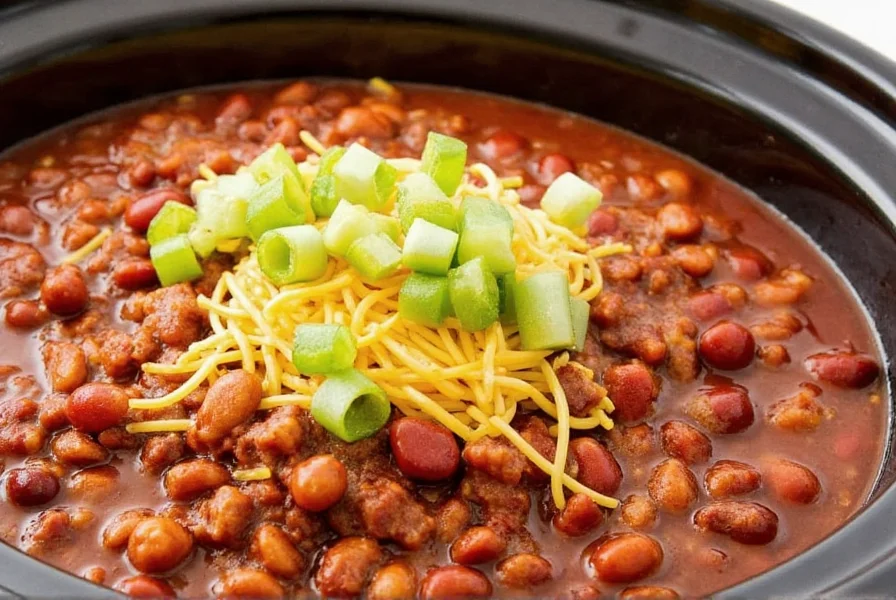
- Keep It Cool: Store in a cool, dark place away from heat sources like the stove or oven.
- Airtight Is Right: Use tightly sealed jars or containers to prevent moisture and oxidation.
- Whole Cloves Last Longer: Ground cloves lose potency faster — grind only what you need.
- Label Everything: Write the date of purchase on the container to track freshness.
- Refrigeration Optional: While not necessary, refrigerating ground cloves can extend shelf life by several months.
Easy Recipes Using Cloves
Ready to get cooking? Here are a few beginner-friendly recipes to try at home with cloves:
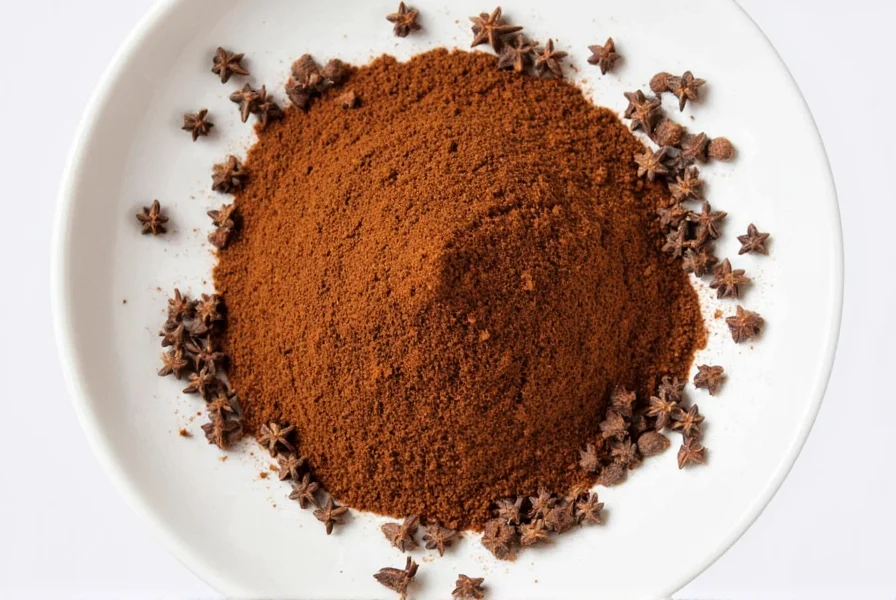
1. Classic Mulled Wine
- 1 bottle red wine
- 1 orange, sliced
- 1 cinnamon stick
- 4–6 whole cloves
- 1 tbsp honey or sugar
- Simmer gently for 15 minutes, strain, and enjoy!
2. Clove-Infused Chai Tea
- 2 cups water
- 2 cups milk
- 1 tsp black tea leaves
- 2 cardamom pods
- 2 whole cloves
- 1 tsp grated ginger
- 1 tsp sugar
- Boil everything together and steep for 5 minutes.
3. Spiced Rice Pilaf
- 1 cup basmati rice
- 1 tbsp ghee
- 1 onion, sliced
- 2 whole cloves
- 1 cinnamon stick
- 2 cardamom pods
- 2 cups water
- Sauté aromatics first, then cook rice until fluffy.
Alternatives to Cloves
If you run out of cloves or prefer a milder flavor, these substitutes work well depending on the dish:
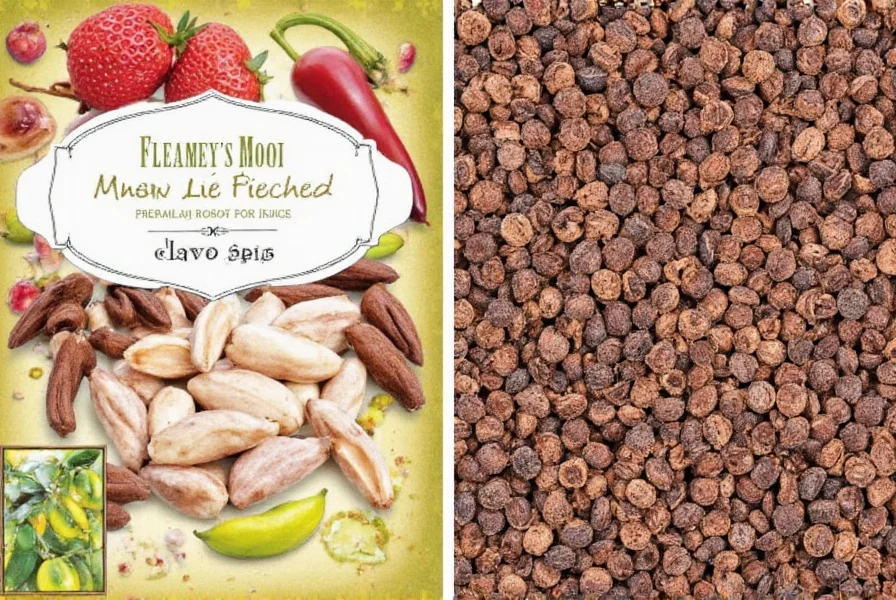
| Substitute | Ratio | Best For |
|---|---|---|
| Allspice | 1:1 | Baking, mulled drinks |
| Nutmeg | 1/2 clove = 1/4 tsp nutmeg | Custards, creamy sauces |
| Cinnamon | Use sparingly | Spiced wines, stews |
| Anise Seed | 1/2 clove = 1/4 tsp anise seed | Pastry, baked goods |
Frequently Asked Questions About Cloves
What does "clavo" mean in English?
"Clavo" is the Spanish word for "cloves" — the aromatic spice we're discussing in this article. In many Romance languages including Spanish and Portuguese, "clavo" means "nail," referring to the spice's nail-like shape.
Is there a difference between clavo and cloves?
No, there is no difference. "Clavo" is simply the term used in Spanish and some other languages for what English speakers call "cloves." It's the same spice from the same plant (Syzygium aromaticum).
How do I use cloves in cooking?
Cloves can be used whole or ground. Whole cloves are often added to simmering liquids (like stews, soups, or mulled wine) and removed before serving. Ground cloves work well in spice blends, baked goods, and rubs. Remember, cloves have a strong flavor, so use them sparingly — usually just 1-3 whole cloves or 1/4-1/2 teaspoon ground cloves per dish.
Are cloves safe to consume?
Yes, cloves are safe to consume in culinary amounts. However, clove essential oil is highly concentrated and should not be consumed directly. Some people may experience mouth irritation from excessive clove consumption. As with any spice, moderation is key.
Can I grow my own clove tree?
Clove trees (Syzygium aromaticum) are tropical plants that require very specific growing conditions — high humidity, consistent warmth, and rich soil. They're challenging to grow outside of tropical regions like their native Indonesia. Most home gardeners in temperate climates cannot successfully grow clove trees, but you can purchase the spice easily from grocery stores.
Why are cloves called "clavo" in Spanish?
The word "clavo" means "nail" in Spanish, and cloves are called this because of their physical resemblance to small nails or spikes. The spice consists of the dried flower buds of the clove tree, which have a slender stem ending in a bulbous head — much like a nail.
Conclusion: Clavo Spice in Everyday Cooking
Cloves — or clavo spice in English — are more than just a holiday staple. With a rich history, bold flavor profile, and numerous health benefits, this tiny spice plays a huge role in cuisines across the globe. Whether you're simmering a festive drink or spicing up your favorite curry, cloves add warmth and complexity that no other spice quite matches.
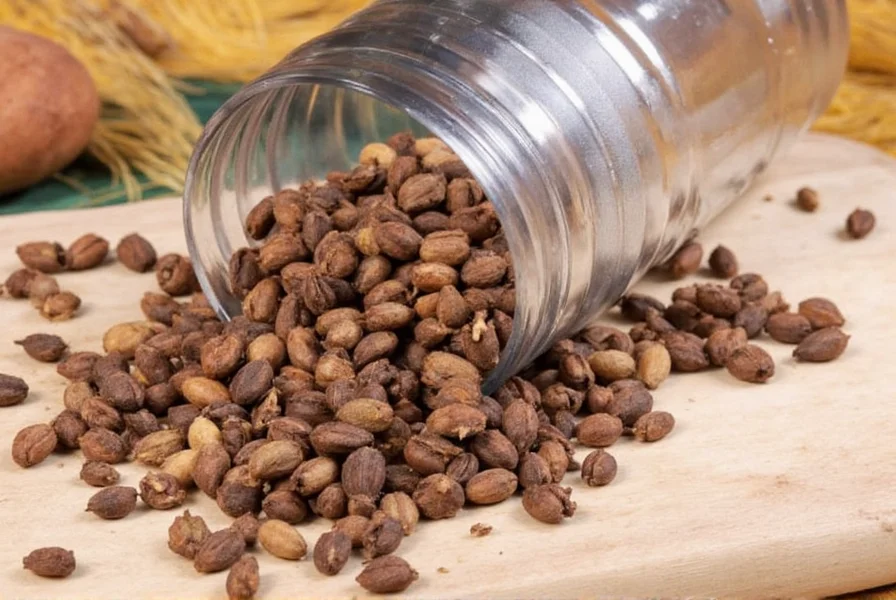
Remember to store them properly, experiment with new recipes, and don't be afraid to play with spice blends. Once you start incorporating cloves into your everyday cooking, you'll wonder how you ever lived without them!











 浙公网安备
33010002000092号
浙公网安备
33010002000092号 浙B2-20120091-4
浙B2-20120091-4